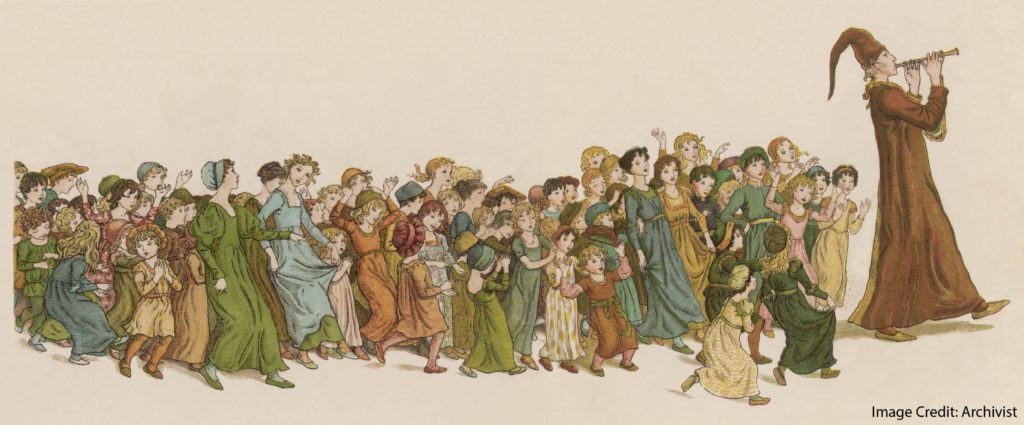Sadly, lots of learning myths clutter the field of education.
Right-brain/left-brain thinking? Myth.
The “learning pyramid”? Myth.
And, of course, “learning styles”? Epic myth.
How can we best combat all these myths?
As teachers and school leaders, we see an obvious strategy. If we want people to stop thinking the wrong thing, we should teach them the right thing.
More information, more skill in processing that information, will save the day.
Or, Not…
Alas, we’ve got lots of research showing that this obvious strategy doesn’t work.
In fact, it produces “backfire effects.”
The more we talk about about all the facts that rebut the myth, the more familiar the myth seems. Our attempts to undo a myth turn out to reinforce it — simply because people hear so much about it.
Another problem: the more facts we use to rebut myths, the less mental processing space people have to consider them. As is so often the case: when trying to rebut myths, less information is more powerful.
A Handy Resource
Happily, John Cook and Stephan Lewandowsky have produced “The Debunking Handbook” to help us end myths without reinforcing them.
The focus on highly practical strategies:
Using best alternative explanations
Using graphics
Limiting contradictory information
With this handbook as a guide, you can help your colleagues get past the quaint falsehoods that interfere with learning.
And as a result, you’ll clear up time for the teaching strategies that truly help students flourish.




